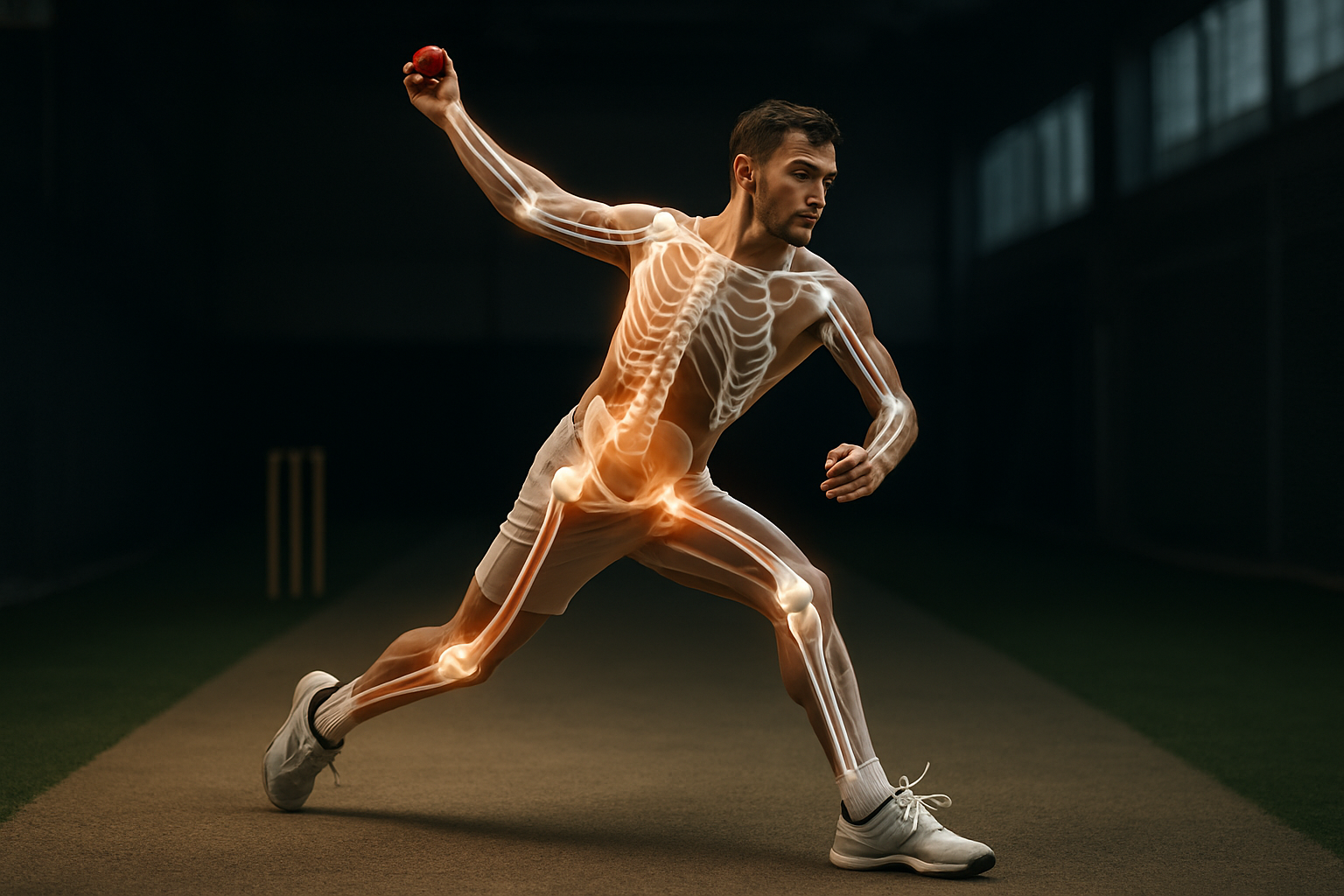Mindful Mobility: The New Frontier in Fitness and Wellbeing
In a world where high-intensity workouts and extreme diets often dominate the fitness landscape, a quieter revolution is taking place. Mindful mobility, an approach that combines gentle movement with focused awareness, is emerging as a powerful tool for enhancing both physical and mental wellbeing. This innovative practice goes beyond traditional stretching or yoga, incorporating elements of neuroscience, biomechanics, and meditation. As more people seek balance in their hectic lives, mindful mobility offers a refreshing alternative to punishing exercise regimens, promising not just flexibility and strength, but also improved cognitive function and emotional resilience.

In the 1970s, Moshe Feldenkrais developed his eponymous method, which focused on improving movement through heightened body awareness. This laid some of the groundwork for what we now call mindful mobility. Subsequently, practitioners like Thomas Hanna with his work on Somatics, and Ida Rolf with Structural Integration, further explored the relationship between movement, awareness, and overall wellbeing.
The term “mindful mobility” itself began gaining traction in the early 2010s, as fitness professionals and therapists started integrating mindfulness techniques with movement practices. This fusion was influenced by the growing popularity of mindfulness meditation in Western culture and an increased understanding of the mind-body connection in scientific circles.
The Science Behind the Practice
Recent scientific studies have shed light on why mindful mobility can be so effective. Neuroplasticity, the brain’s ability to form new neural connections, plays a crucial role. When we move with focused attention, we’re not just exercising our muscles; we’re also rewiring our brains.
Research published in the “Journal of Cognitive Enhancement” in 2019 found that practices combining movement with mindfulness led to improved cognitive flexibility and attention regulation. Another study in the “Journal of Bodywork and Movement Therapies” demonstrated that mindful movement practices could reduce chronic pain and improve overall quality of life.
The fascia, a web-like connective tissue that surrounds and interpenetrates every muscle, bone, nerve, artery, and vein in our bodies, is another key player in mindful mobility. Scientists now understand that the fascia is not just a passive wrapping, but an active, sensory organ. Mindful movements that engage the fascia can improve overall body communication and function.
Key Principles of Mindful Mobility
Mindful mobility is characterized by several core principles that set it apart from other fitness practices:
-
Presence: Practitioners are encouraged to fully inhabit their bodies, paying close attention to sensations, movements, and breath.
-
Slow, Controlled Movement: Unlike high-intensity workouts, mindful mobility emphasizes slow, deliberate movements that allow for greater body awareness and control.
-
Exploration: Rather than following rigid routines, practitioners are encouraged to explore different movements and find what feels right for their bodies.
-
Integration: Mindful mobility seeks to integrate the mind, body, and breath, viewing wellbeing as a holistic state rather than compartmentalized aspects of health.
-
Non-judgmental Awareness: Practitioners are encouraged to observe their bodies and movements without criticism, fostering a compassionate relationship with themselves.
Mindful Mobility in Practice
A typical mindful mobility session might begin with a body scan, where practitioners systematically bring awareness to different parts of their bodies. This is followed by gentle, exploratory movements that focus on joint mobility and fascial release.
For example, a practitioner might start by slowly rotating their wrists, paying close attention to the sensation in the joints, the stretch in the forearms, and any areas of tension or ease. They might then progress to larger movements, like gentle spinal twists or hip circles, always maintaining a focus on the quality of movement and the sensations produced.
Throughout the practice, breath awareness is emphasized. Practitioners are encouraged to sync their movements with their breath, using the natural rhythm of inhalation and exhalation to guide their pace.
The Benefits Beyond Physical Fitness
While mindful mobility certainly improves physical attributes like flexibility, balance, and coordination, its benefits extend far beyond the physical realm. Practitioners often report reduced stress levels, improved emotional regulation, and enhanced overall wellbeing.
The practice can be particularly beneficial for those dealing with chronic pain or recovering from injuries. By encouraging gentle, exploratory movement and fostering body awareness, mindful mobility can help individuals reconnect with their bodies in a positive way, often leading to reduced pain and improved function.
In the mental health sphere, mindful mobility is gaining recognition as a valuable tool. Its combination of movement and mindfulness can help alleviate symptoms of anxiety and depression, boost mood, and improve sleep quality.
Mindful Mobility in Various Settings
The versatility of mindful mobility has led to its adoption in various settings beyond traditional fitness environments. Corporations are beginning to incorporate mindful movement breaks into the workday, recognizing its potential to reduce stress and improve productivity.
In education, some forward-thinking schools are integrating mindful mobility practices into their curricula, helping students develop body awareness and stress management skills from an early age.
Even in high-performance athletics, where high-intensity training often dominates, coaches are starting to recognize the value of mindful mobility. It’s being used to enhance recovery, prevent injuries, and improve overall performance through better body awareness and control.
The Future of Mindful Mobility
As our understanding of the mind-body connection continues to deepen, mindful mobility is likely to play an increasingly important role in fitness and wellness practices. We may see more integration of technology, with apps and wearable devices designed to guide and track mindful movement practices.
There’s also potential for mindful mobility to be more widely adopted in healthcare settings, particularly in the treatment of chronic pain and stress-related disorders. As more research is conducted, we may see it become a standard part of treatment protocols alongside traditional therapies.
In the fitness industry, we can expect to see more specialized training programs and certifications focused on mindful mobility, as demand for qualified instructors grows. This could lead to a shift in how we approach fitness, with a greater emphasis on quality of movement and mind-body connection rather than just physical exertion.
As we navigate an increasingly fast-paced and stressful world, mindful mobility offers a path to reconnect with our bodies, calm our minds, and improve our overall wellbeing. It’s not just a fitness trend, but a holistic approach to health that aligns perfectly with our growing understanding of the interconnected nature of physical and mental wellness.





